In a remarkable confirmation of a 70-year-old theoretical prediction, physicists have experimentally demonstrated that objects moving close to the speed of light would appear visually rotated to an outside observer, Space.com reports.
The finding confirms the Terrell–Penrose effect, a consequence of Albert Einstein’s Special Theory of Relativity.
Special relativity, developed in 1905, describes how time, space, and mass are affected at speeds approaching that of light. Among its better-known implications are time dilation—in which time appears to slow down for fast-moving observers—and length contraction, where objects appear compressed in the direction of motion.
However, another, less familiar consequence has been harder to observe: the idea that fast-moving objects appear rotated, not merely compressed. First hypothesized by physicists James Terrell and Roger Penrose in 1959, this effect is not a literal rotation, but an optical illusion caused by the time it takes for light from different parts of a fast-moving object to reach the observer.
To visualize this, consider a cube moving at nearly the speed of light. Because light from the far side of the cube has to travel farther than light from the near side, the image we capture of the cube combines light that was emitted at different times, when the object was in different positions. The result is an image that appears twisted or rotated, even though the object hasn’t physically turned.
Until now, the effect had remained purely theoretical due to the enormous energy required to accelerate anything larger than particles to relativistic speeds. But researchers at TU Wien (Vienna University of Technology) and the University of Vienna developed a clever experimental workaround.
By artificially slowing down the effective speed of light in a laboratory simulation—treating it as if it were only 2 meters (about 6.5 feet) per second—students Dominik Hornoff and Victoria Helm were able to simulate how objects would appear at extreme velocities.
“We moved a cube and a sphere around the lab and used a high-speed camera to record laser flashes reflected from different points on these objects at different times,” the researchers explained. “If you get the timing right, you can create a situation that produces the same results as if the speed of light were just two meters per second.”
The experiment involved using ultra-short laser pulses and ultra-fast cameras with exposures as short as a picosecond (one trillionth of a second). The researchers reshaped the objects—a cube and a sphere—to reflect the predicted length contraction: a cube moving at 80% the speed of light was compressed into a cuboid with a 0.6 aspect ratio, and the sphere was flattened to simulate travel at 99.9% the speed of light.
After compiling images where the simulated timing of light matched the adjusted “speed of light” scenario, the team produced short video clips showing how the objects would appear when moving at near-light-speed. As expected, the cube appeared rotated, while the sphere maintained its shape but had its orientation altered.
“The result was exactly what we expected,” said Peter Schattschneider, professor of physics at TU Wien and co-author of the study. “A cube appears twisted, a sphere remains a sphere but the north pole is in a different place.”
These results, published May 5 in Communications Physics, bring to life a long-standing prediction of relativistic physics and showcase how clever experimental design can mimic extreme conditions that are otherwise impossible to achieve in practice.
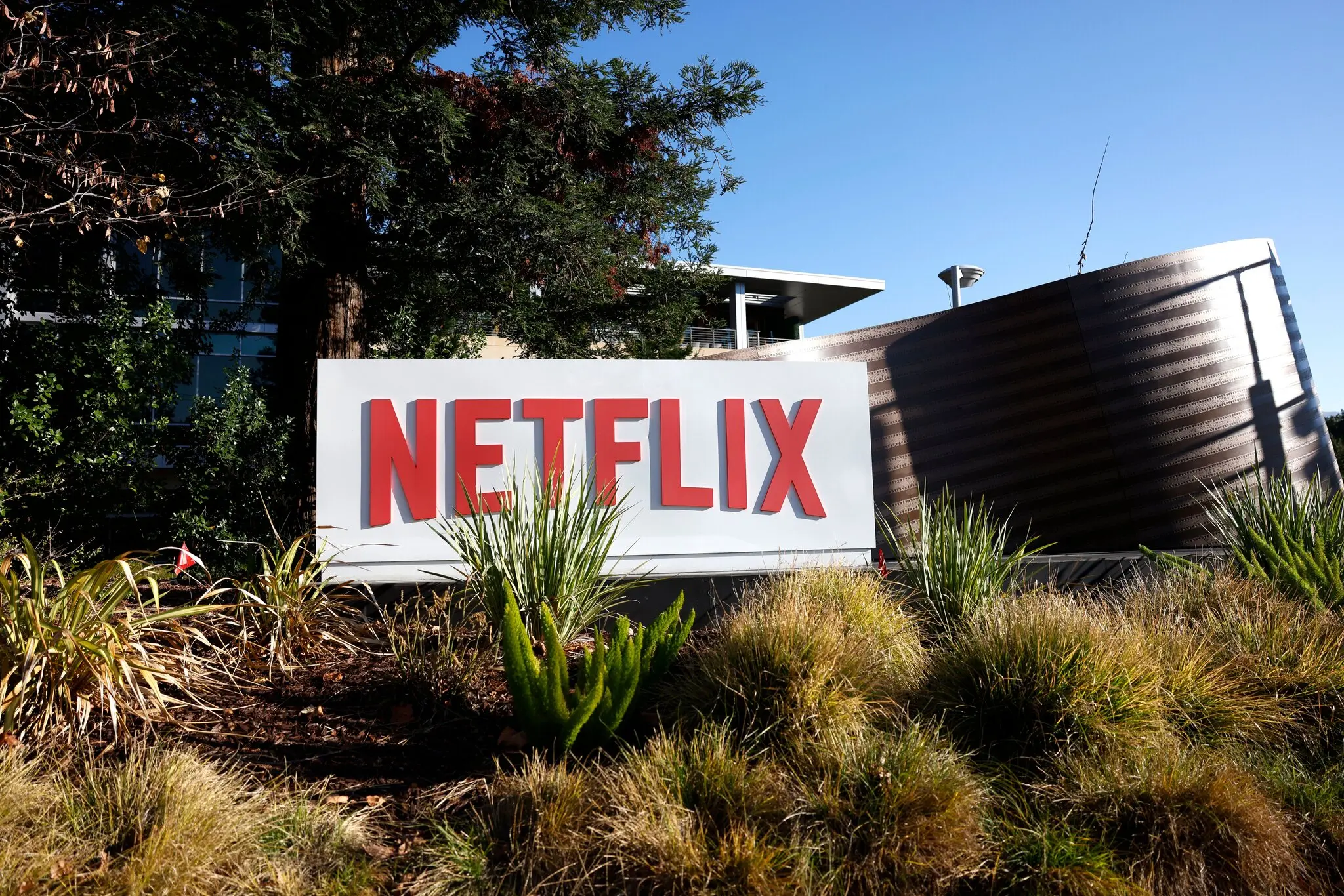
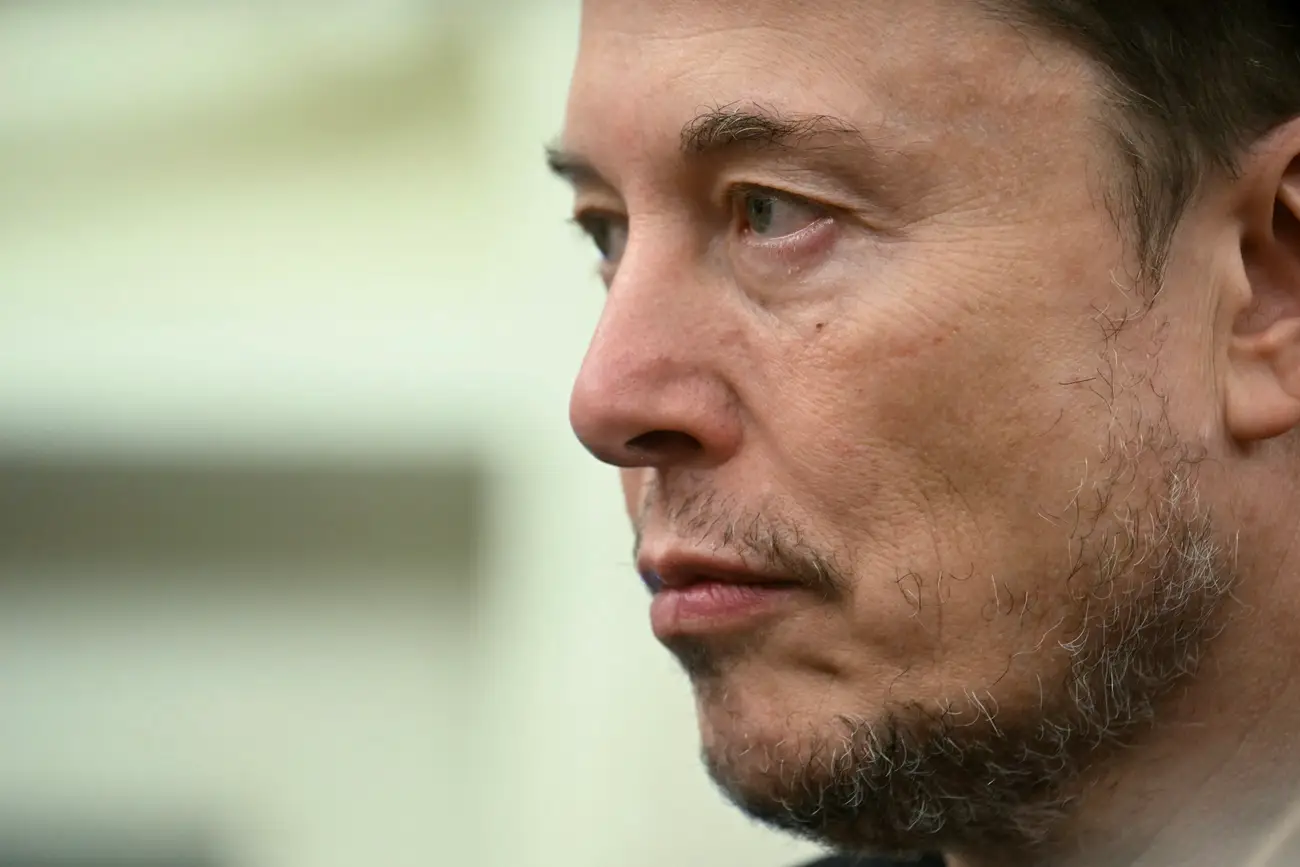
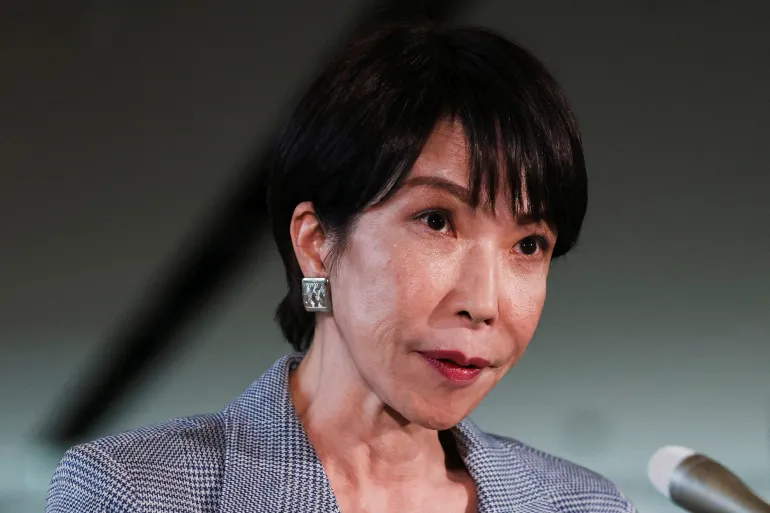
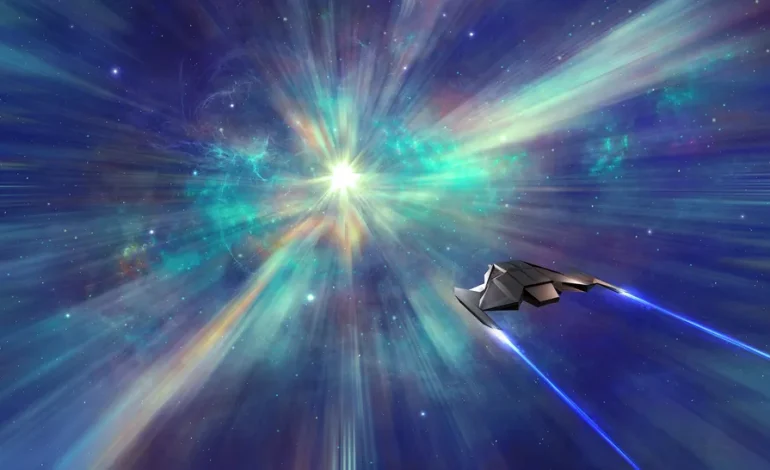
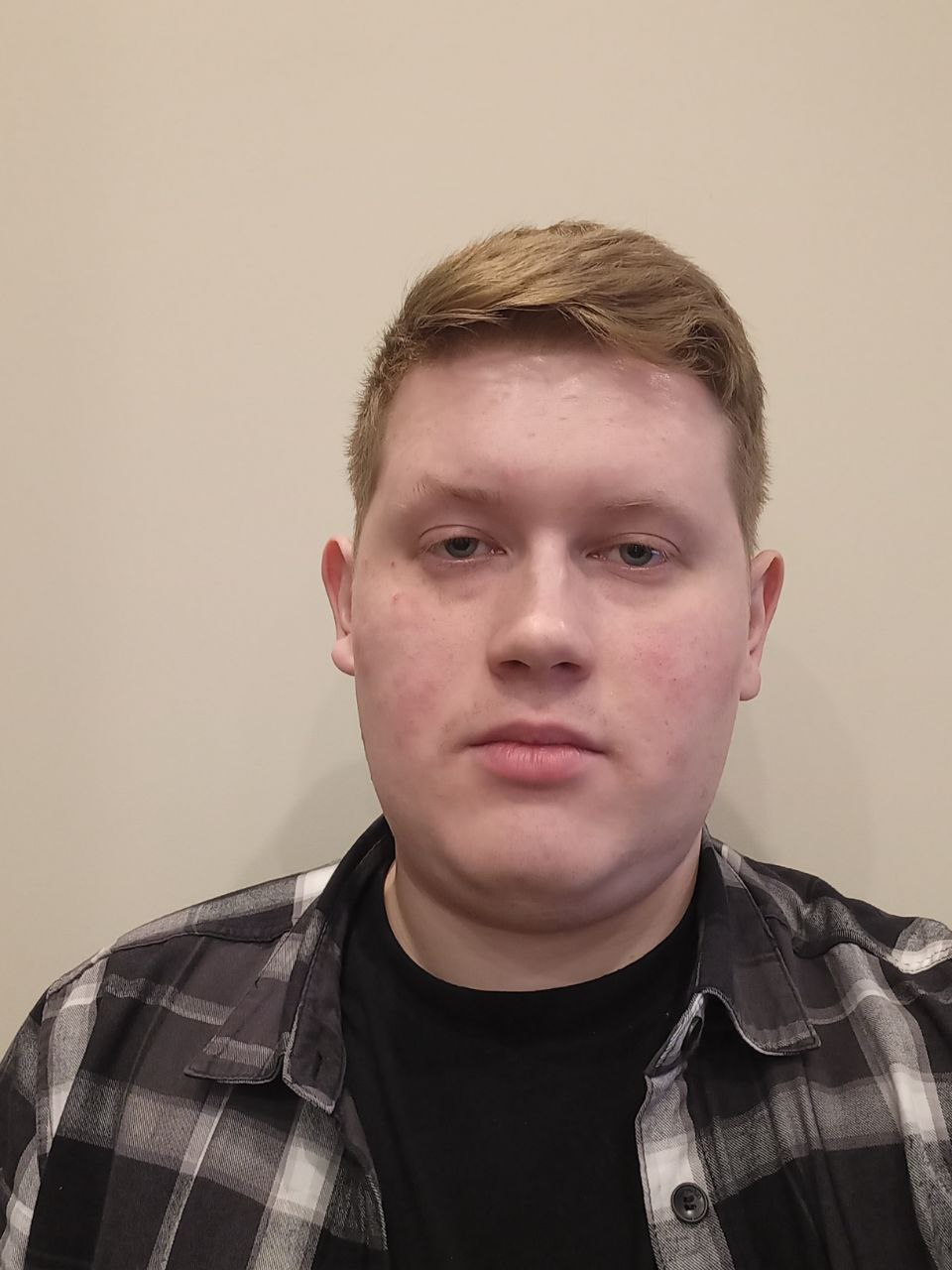

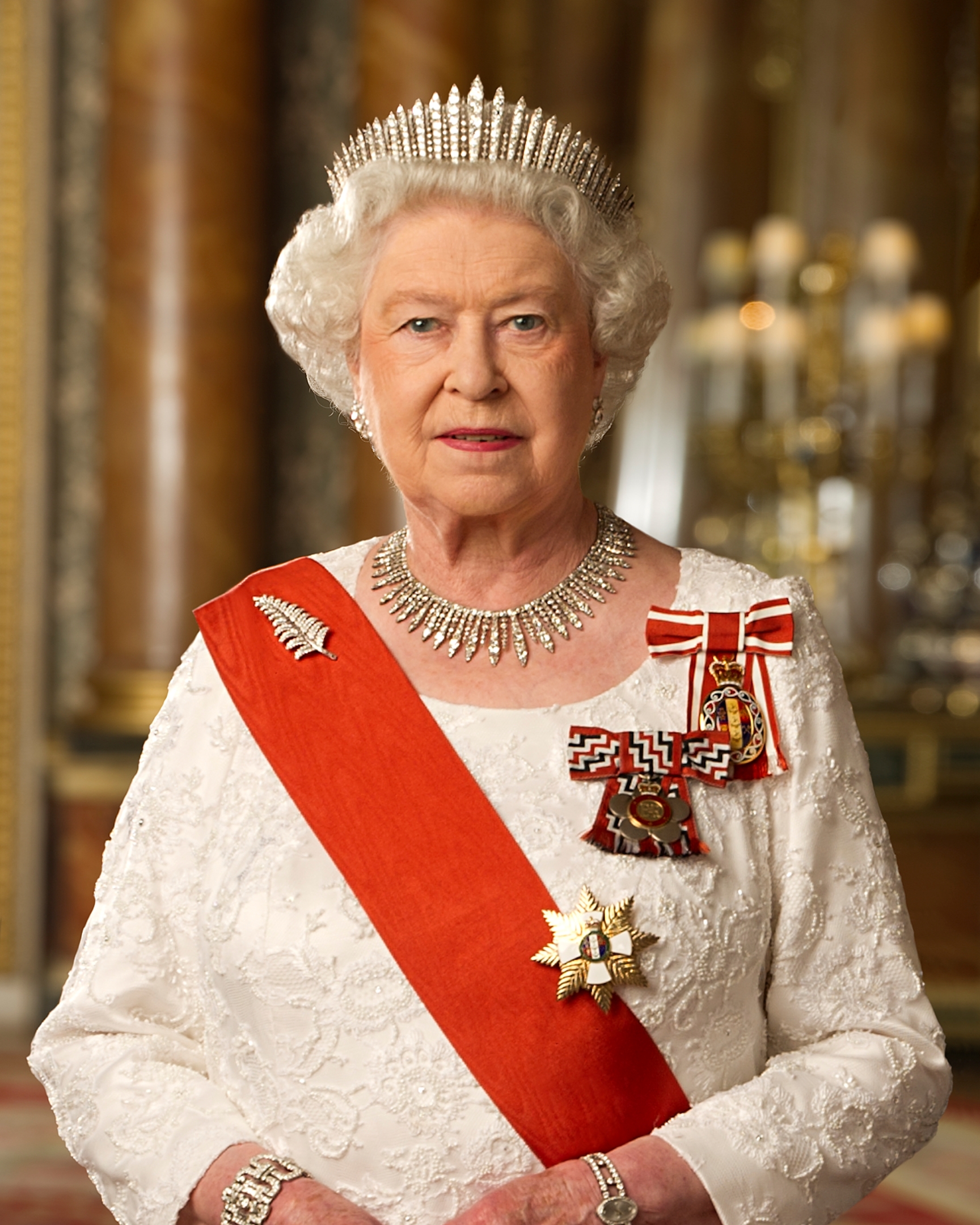
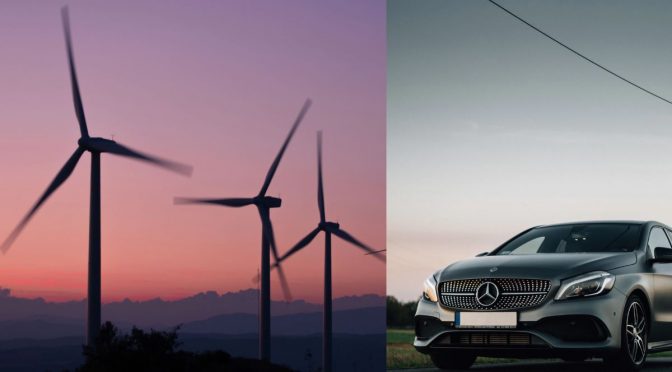
The latest news in your social feeds
Subscribe to our social media platforms to stay tuned